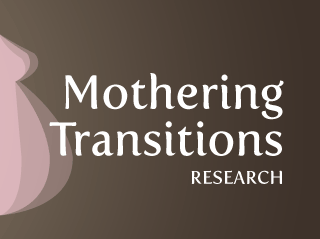Clinical Utility of the Breastfeeding Self-Efficacy Scale
Results from the previous research clearly suggest the BSES has promising utility for clinical practice. It could be used as an identification tool to help recognize those mothers who are likely to succeed at breastfeeding, as well as those who are at high-risk to discontinue and will require additional intervention to ensure success. For example, if a new mother has a high breastfeeding self-efficacy score before hospital discharge, further breastfeeding support may be unnecessary. However, if a mother’s breastfeeding self-efficacy score is low, there are clear implications for targeted support. The BSES could also provide important diagnostic information to ensure interventions are responsive to those they are intended to serve. For example, the BSES could be used to appraise salient breastfeeding behaviours and cognitions to sensitize health professionals to the individual needs of their new breastfeeding mothers. Furthermore, recognizing that mothers with low breastfeeding self-efficacy may experience significant stress when discharged home, low BSES scores may be used to provide anticipatory guidance to those mothers. In contrast, high BSES scores could be used as a measure of maternal strength warranting recognition and reinforcement. As such, the BSES could be used as an assessment tool to identify areas to focus clinical practice. On the basis of the BSES results, specific confidence-enhancing strategies could include: (1) attention to the successful or improved aspects of breastfeeding performances; (2) reinforcement of positive breastfeeding skills; (3) provision of consistent advice on how to improve future breastfeeding performances; (4) encouragement to recall the positive aspects of breastfeeding performances purposefully rather than to dwell solely on performance deficits; (5) provision of anticipatory guidance to acknowledge and normalize maternal anxiety, stress, and fatigue; and (6) proactive attention to making unobservable breastfeeding skills apparent to the mother, such as envisioning successful performances, thinking analytically to solve problems, managing self-defeating thoughts, and persevering through difficulties. Finally, the BSES may be used to determine the efficacy of various types of supportive interventions. For example, the BSES could be administered pre and post self-efficacy enhancing interventions to determine effectiveness. In addition, the BSES could be employed to assist health care administrators to devise targeted interventions for those mothers identified as high-risk and therefore used to plan effective breastfeeding programs. Within our current environment of shortened hospital stays, the BSES provides health professionals with a clinically useful instrument that could pinpoint areas in need of concentrated intervention before discharge such that appropriate and effective care may be provided to new mothers to help them achieve their breastfeeding goals.
